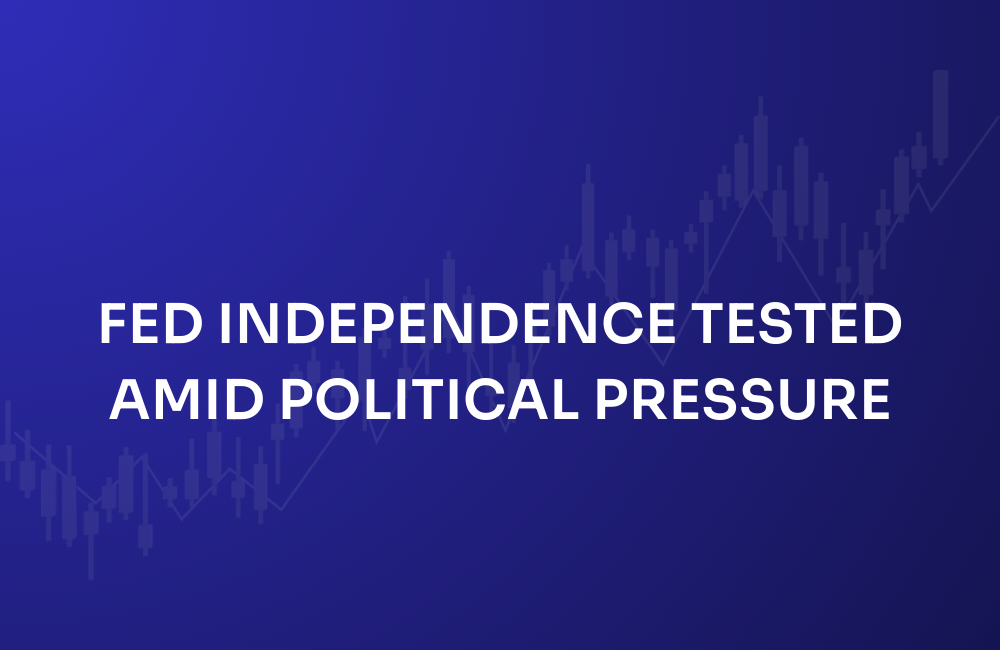
Subscribe to our free
💌 Stay ahead with AI and receive:
✅ Access our Free Community and join 400K+ professionals learning AI
✅ 35% Discount for ChatNode
.png)

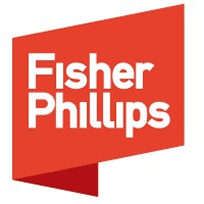
California’s AI Transparency Law Redefines the Rules for Frontier Models
Expert analysis from
Fisher PhillipsSB 53 marks a historic shift from control to disclosure—setting a national precedent for how AI innovation and accountability will coexist.
Context
California just did what Washington hasn’t: passed the nation’s first comprehensive AI transparency law. SB 53, the Transparency in Frontier Artificial Intelligence Act, sailed through the state legislature and was signed by Governor Newsom on September 29. It replaces last year’s failed attempt at sweeping AI regulation with a more strategic, disclosure-first framework. The message is clear: California wants to lead on AI governance without choking innovation.
Why It Matters
For tech leaders and employers, SB 53 signals a major shift in how the most powerful AI systems will be monitored, tested, and reported. Even though it directly targets large “frontier developers,” its effects will cascade across procurement, compliance, and vendor management. Expect transparency standards to filter through contracts, system cards, and AI audits—well before the law takes effect in 2026.
Core Idea
California is moving from AI control to AI transparency. SB 53 doesn’t tell developers how to build AI—it requires them to show how they manage risk.
Key Framework: What SB 53 Requires
1. Frontier AI Frameworks
Developers must publish annual frameworks outlining how they assess, mitigate, and govern risks. These must include cybersecurity protections for model weights and summaries of third-party assessments.
2. Transparency Reports
Before deploying covered models, companies must release public reports describing model purpose, limitations, languages, modalities, and catastrophic risk evaluations.
3. Critical Safety Incident Reporting
Any loss of control, malicious misuse, or safety threat must be reported to the Office of Emergency Services within 15 days—or within 24 hours if imminent harm exists. OES will issue anonymized summaries beginning in 2027.
4. Whistleblower Protections
Employees responsible for AI risk assessment are shielded from retaliation when reporting safety concerns internally or to regulators. Large developers must provide confidential reporting channels.
5. CalCompute Initiative
The state will explore creating a public cloud cluster at the University of California to expand equitable access to compute power, with governance plans due in 2027.
Timeline and Enforcement
- Effective Date: January 1, 2026
- Reporting Begins: 2027, with annual summaries from OES and the Attorney General
- Penalties: Up to $1 million per violation, enforceable by the Attorney General
Ripple Effects for Employers
Contract Flow-Downs: Expect AI vendors to adopt SB 53-style disclosures in their documentation.
Due Diligence: Employers should start asking whether vendors follow transparency and incident-reporting standards.
Workforce Implications: Whistleblower protections may require updates to HR and compliance protocols.
Regulatory Outlook: California is charting its own path on AI, and more sector-specific laws—especially around workplace AI—are likely on the way.
Closing Thought
SB 53 is California’s bet that sunlight, not shutdown switches, will keep AI accountable. For businesses, this isn’t just compliance—it’s a preview of the transparency expectations shaping the next era of AI governance.
About
Fisher Phillips, founded in 1943, is a leading law firm dedicated to representing employers in labor and employment matters. With nearly 600 attorneys across 38 U.S. and 3 Mexico offices, it combines deep expertise with innovative solutions to help businesses navigate workplace challenges.


Recommended
.png)


.svg)




.svg)




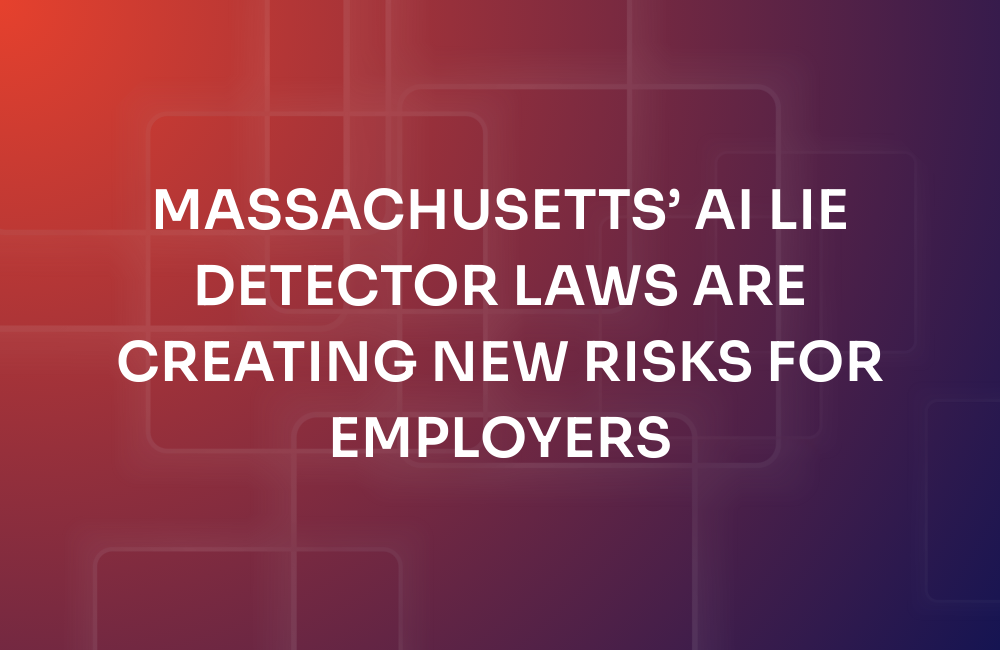
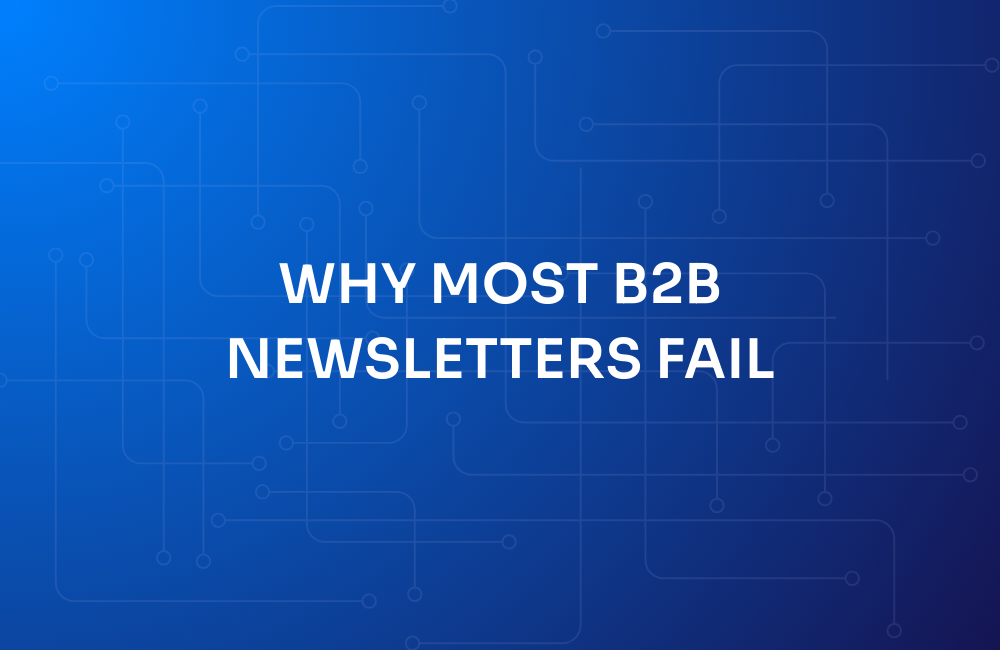

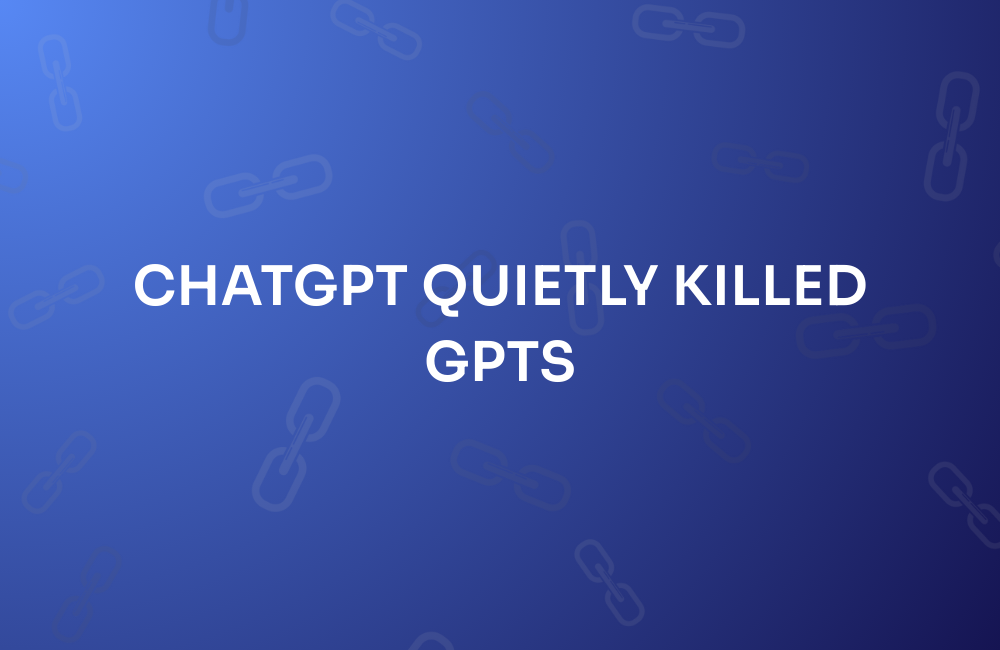

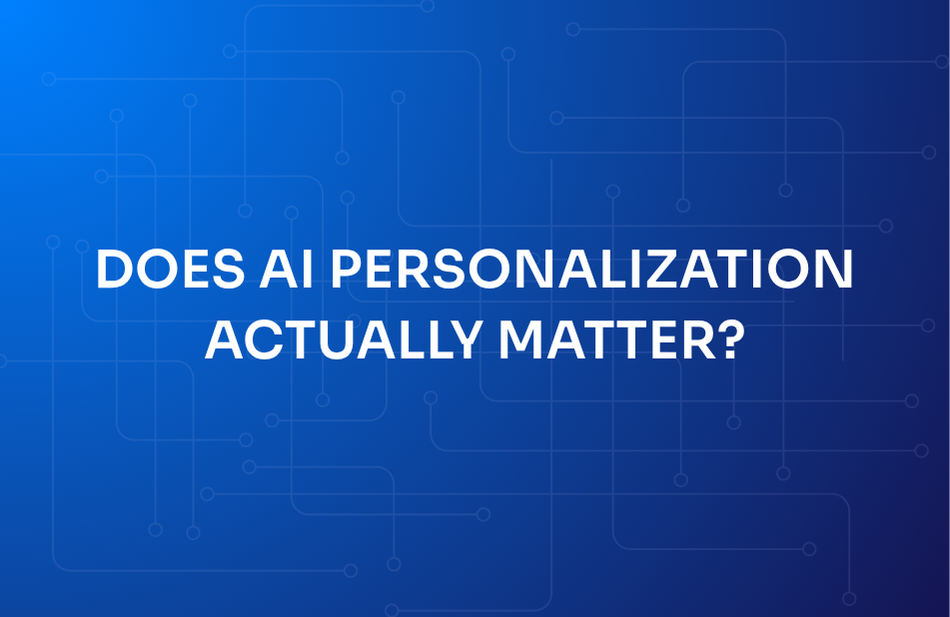

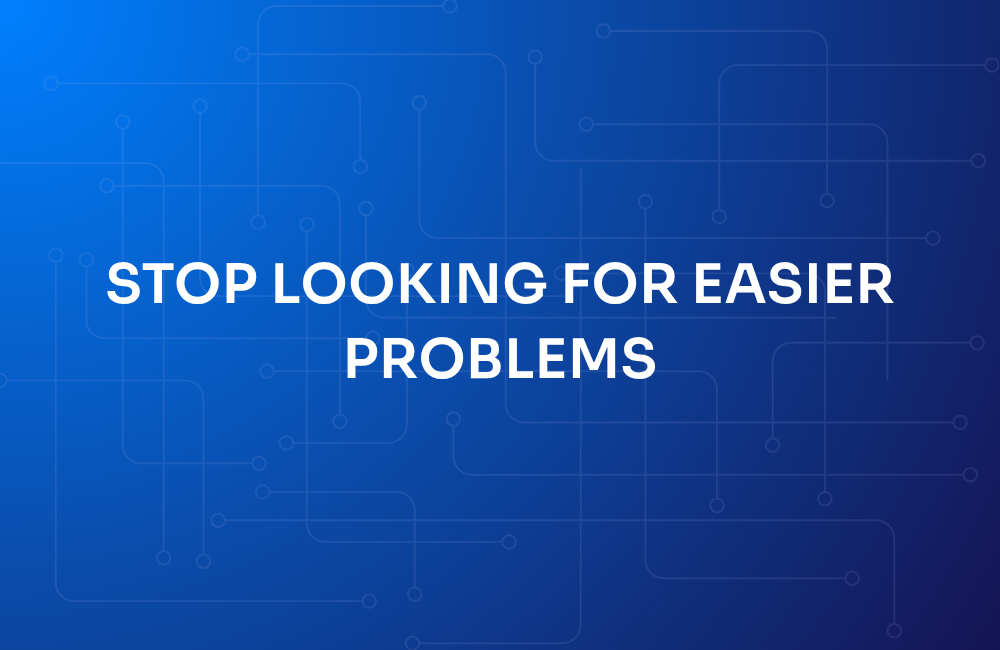

.png)
.png)

.png)
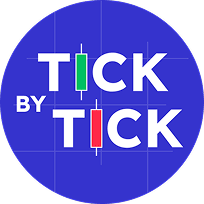

.png)

.png)

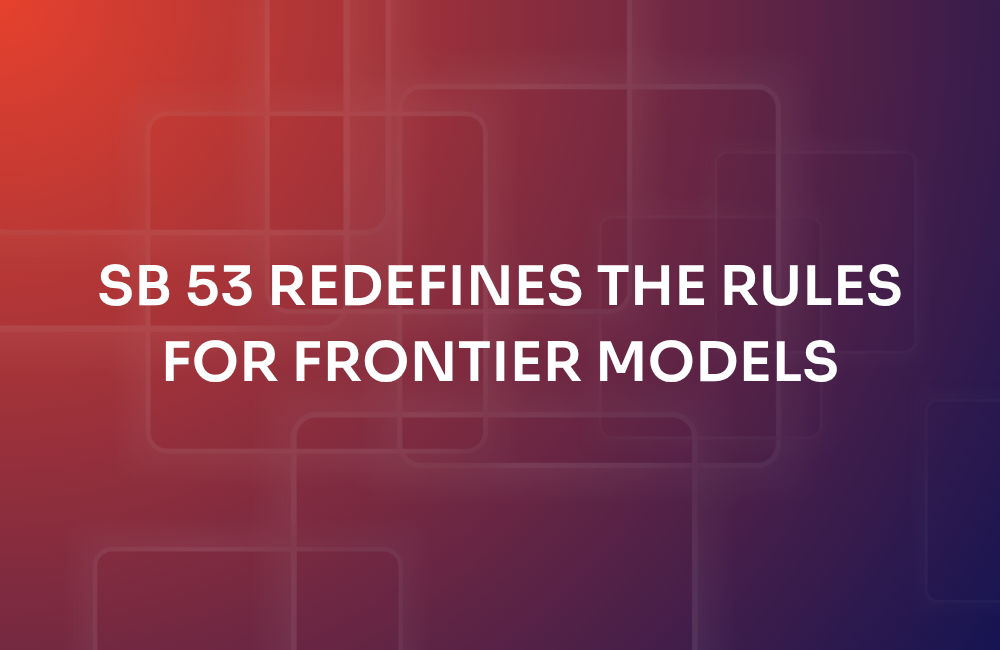
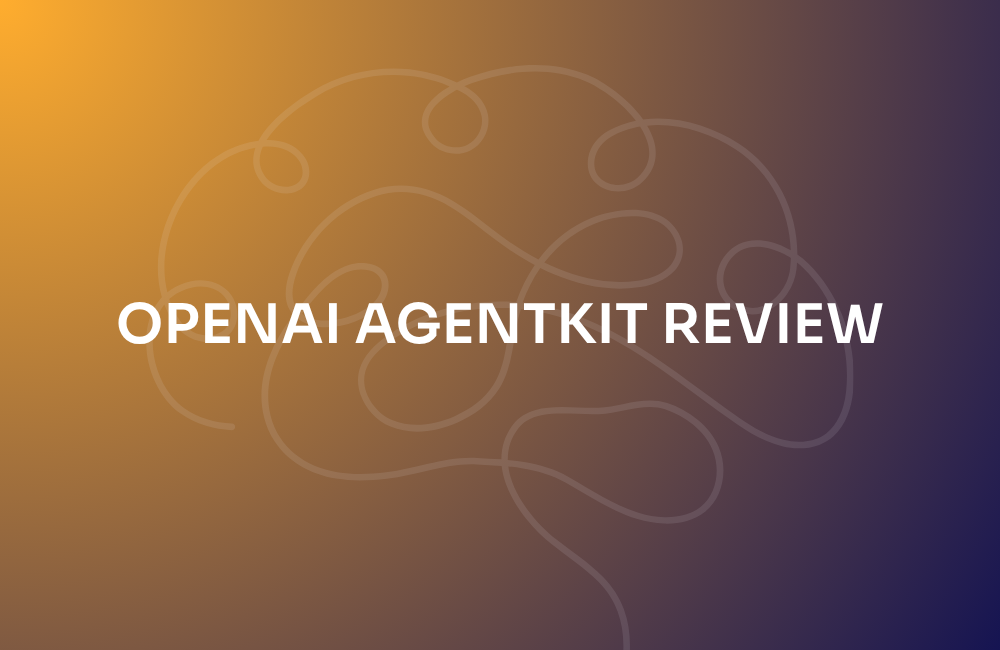
.png)
.png)
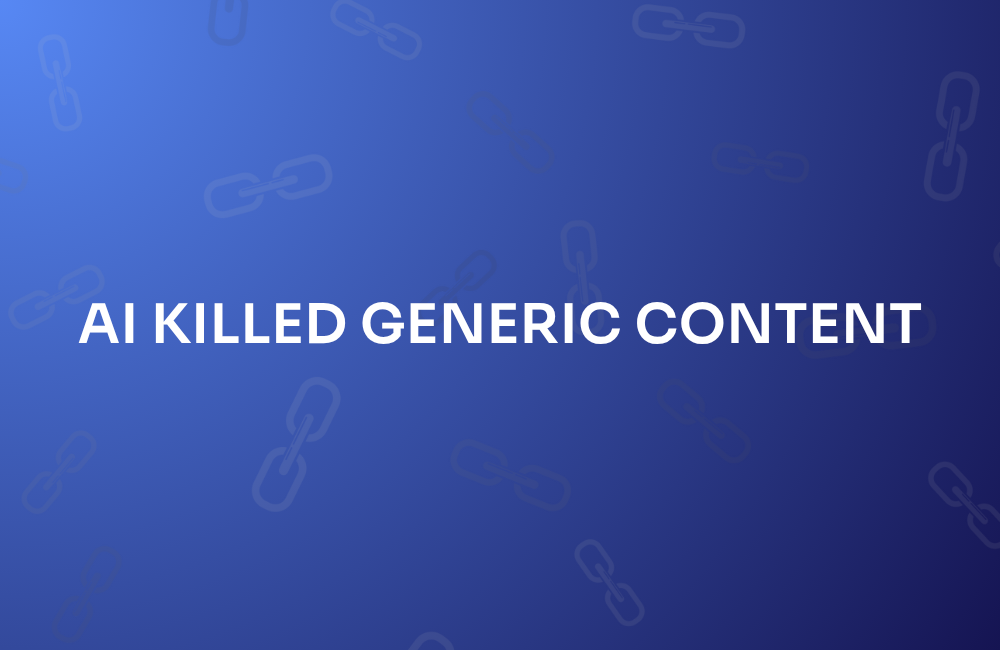
.png)
.png)
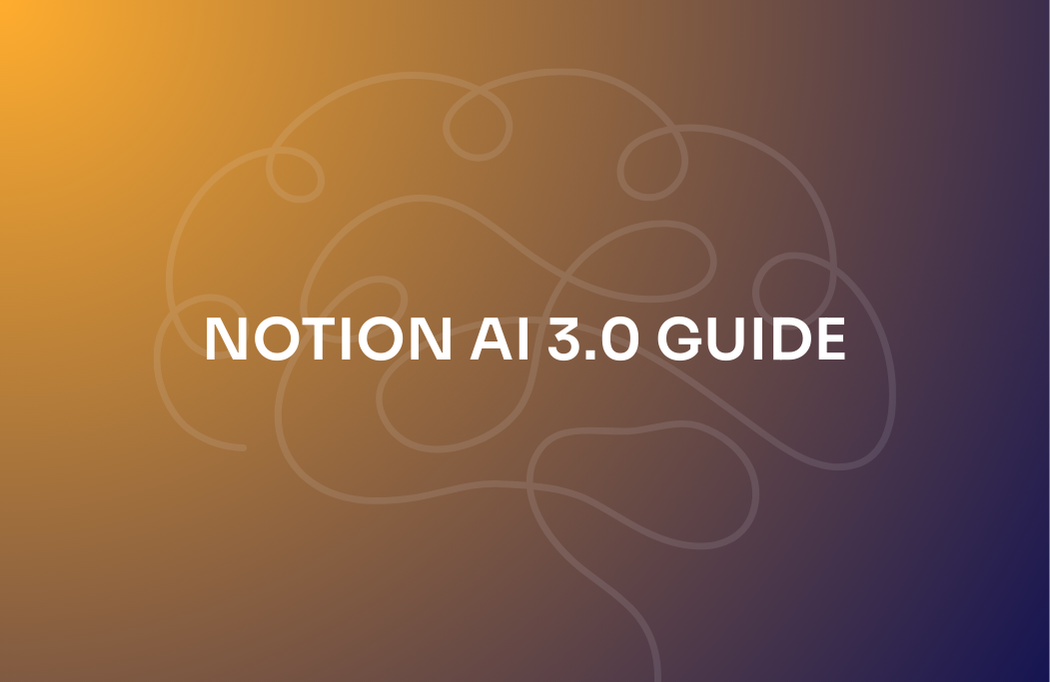
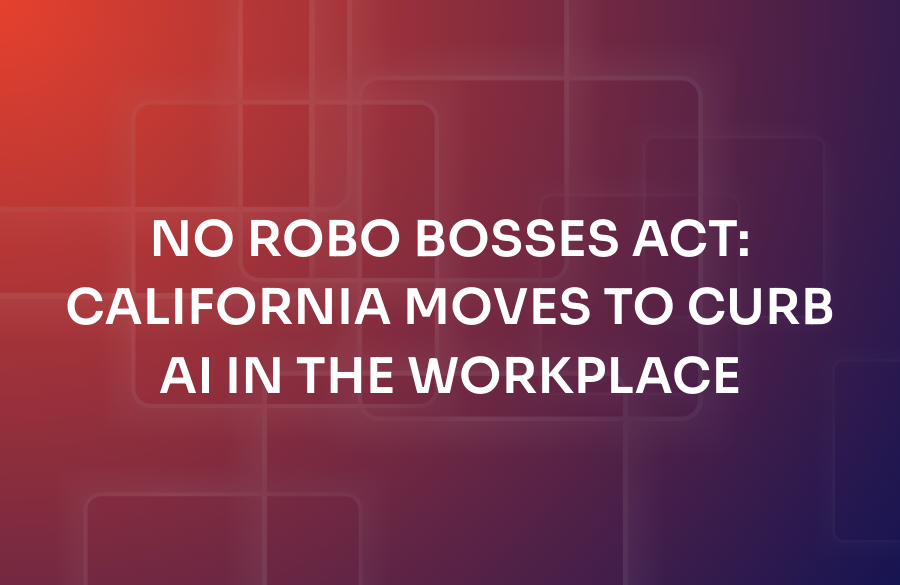
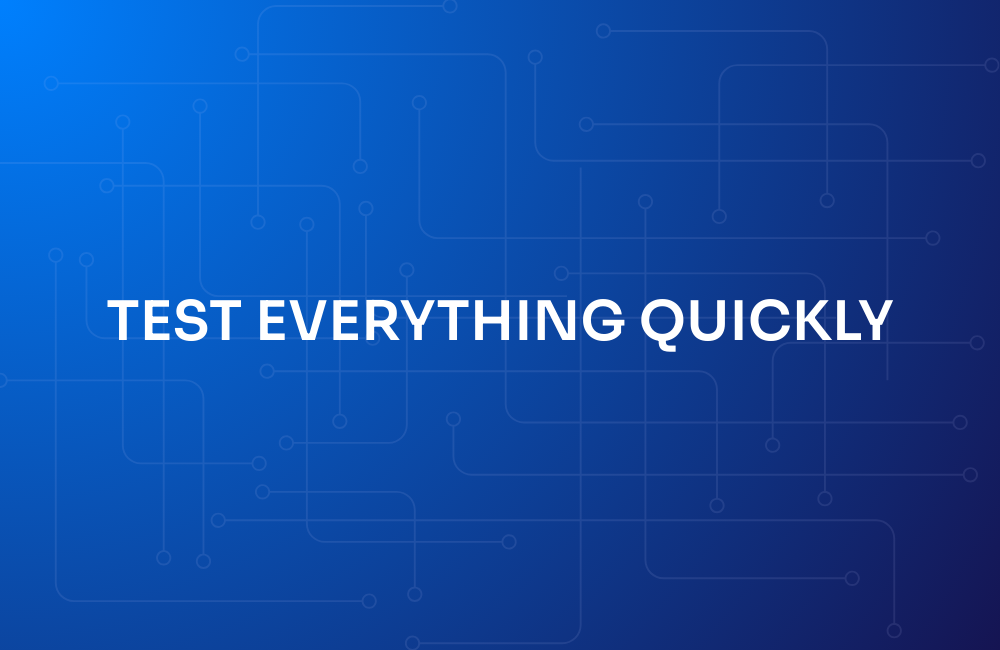
.png)
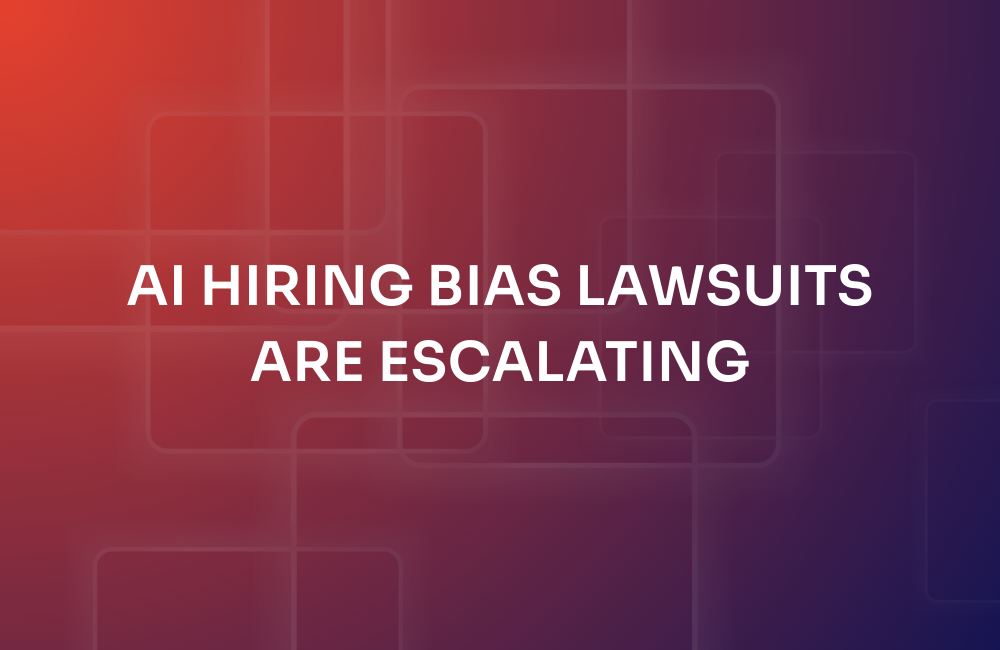
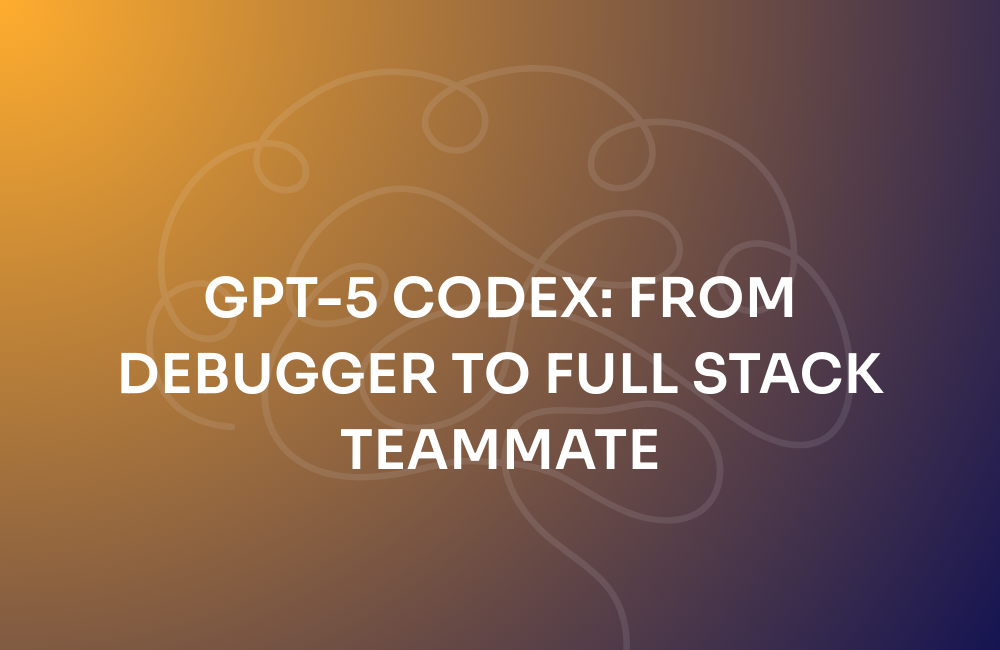
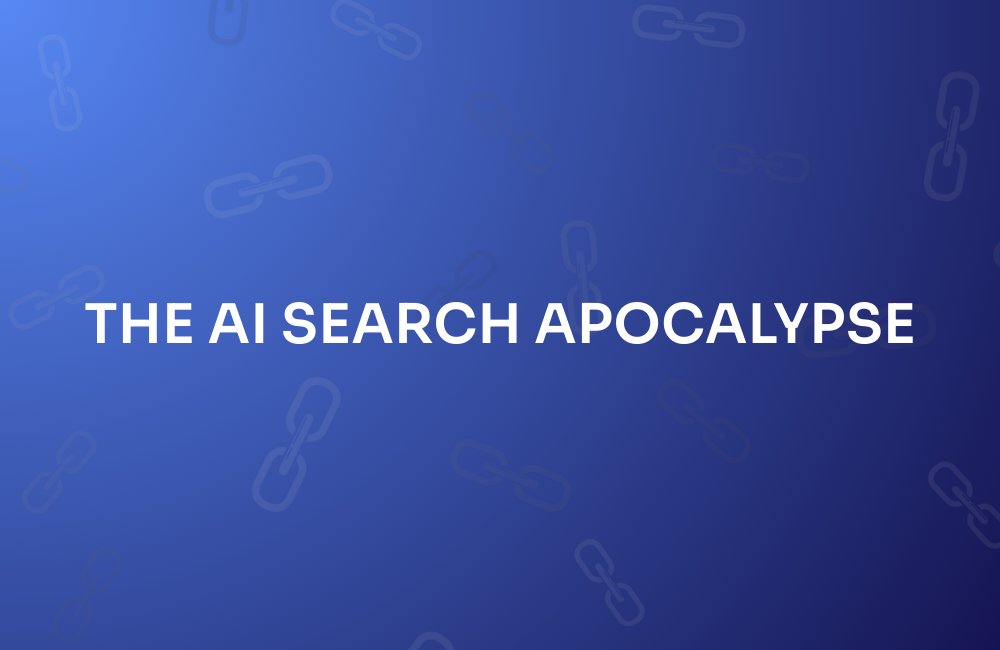
.png)
.png)
.png)
.jpg)


.png)
.png)
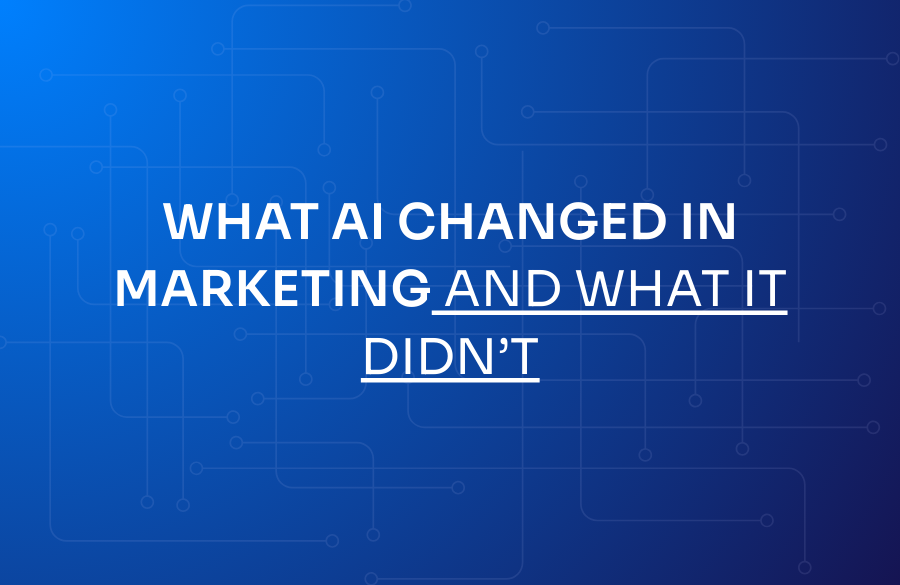
.png)
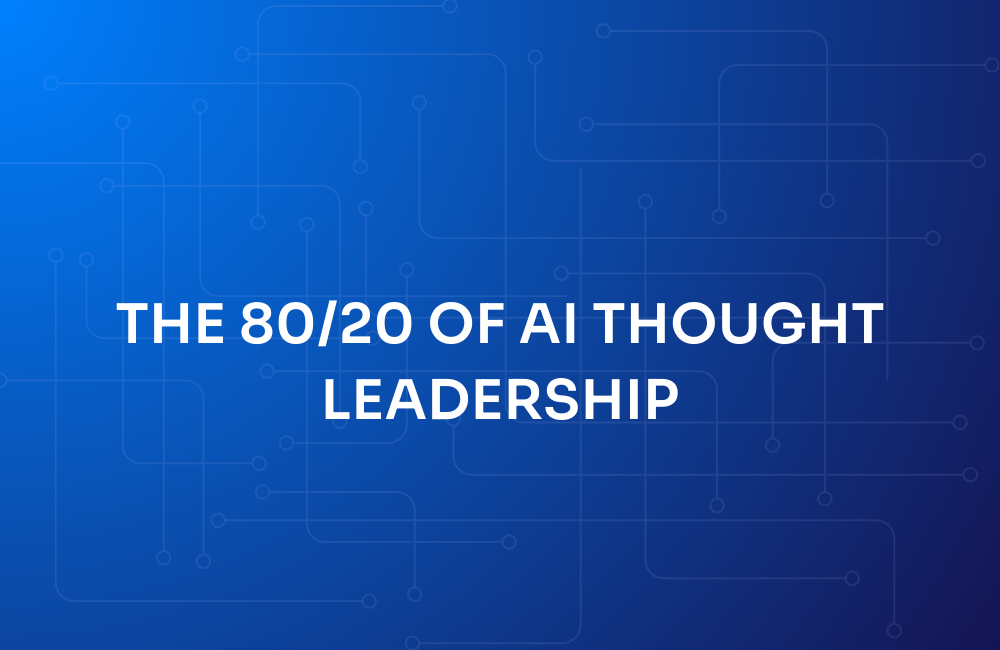
.png)
